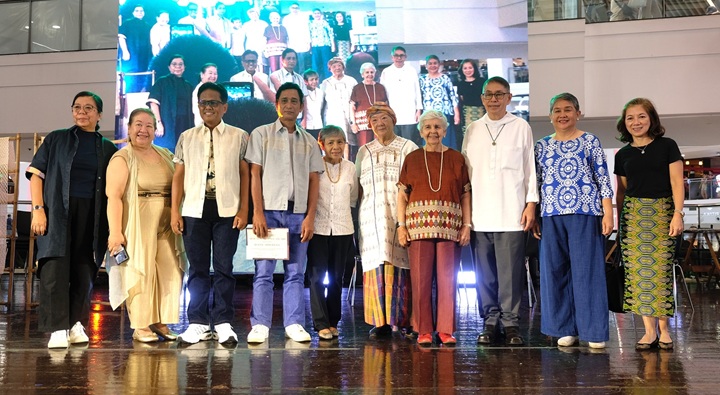
In a country where cultural identity is woven into the very fabric of its history, HABI: The Philippine Textile Council proudly announces the launch of the 8th Lourdes Montinola Piña Weaving Competition, and the 4th Eloisa Hizon Gomez Abaca Weaving Competition, inviting master artisans and weaving communities across the archipelago to showcase their extraordinary craftsmanship.
This year’s competitions will culminate at the 15th Likhang HABI Market Fair on October 10-12, 2025, to be held at a new, more expansive venue: SPACE in One Ayala, Makati. The larger location reflects the growing national appreciation for these ancient crafts that have been passed through generations of Filipino hands.
“We want to give voice and value to the hands behind every woven creation,” says the council’s founder, Maribel Ongpin. “The artistry of Filipino weavers deserves a national stage.”
Celebrating Two Iconic Philippine Fibers
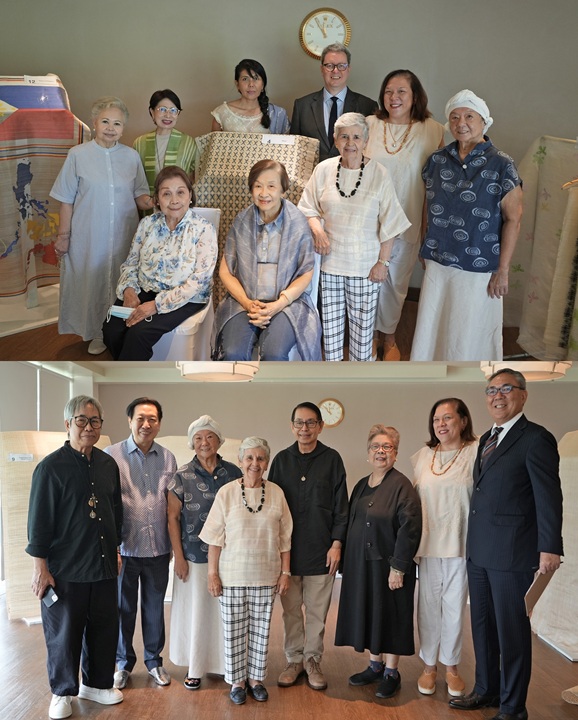
In an era dominated by fast fashion and mass production, these competitions stand as powerful reminders that sustainability, heritage, and identity can be preserved through the patient work of skilled hands. The spotlight will still be on piña and abaca fibers, deeply connected to Filipinos’ cultural identity. The delicate, translucent piña, made from pineapple leaf fibers, has been a symbol of Filipino elegance for centuries; on the other hand, abaca, known globally as Manila hemp, represents the strength and versatility of Philippine natural resources.
The two competitions build upon last year’s impressive showcase of talent. The 2024 Piña Competition celebrated Edgar Cornito‘s “Piña Silk, Black and Gold Sinuksok” with first place honors, followed by Raquel Eliserio‘s “Rosas de Papel with Rengue” in second. Third place resulted in a tie between Rosalvie Tumaca‘s “Piña Silk Kalabasa” and Perlie Florencio‘s “Piña Silk Multi-Harness Geometric Pattern.” Special recognitions went to Jannalyn Rasonable, who received the Nadres Young Weaver Award, while Ursulita Dela Cruz and Therese Angela Sulang earned the Filip + Inna Innovation Award.
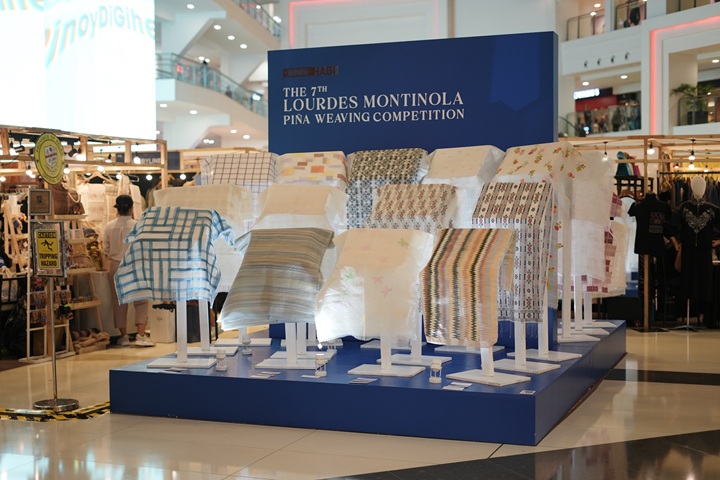
The Abaca Competition similarly celebrated extraordinary craftsmanship with outstanding creations such as an Abaca Fino Barong by Rolly Arboleda of LA HERMINIA WEAVING INDUSTRY, and an Abaca Macramé creation by Arlene Yamog and Mayra Iledan. Other notable winners from past years include Myrna Pula for her entry “Doub Basag” (Palm Leaf); Annaliza Angcoy of TADECO for her entry T’nalak “Hafak Menual” or Wings of an Eagle; and Rey Rosea Monon Dillera of the Bagobo Tagabawa community for her submission, inabel design. Ms. Dillera is the daughter of Salinta Monon, who was a recipient of the National Living Treasures Award (Manlilikha ng Bayan) in 1998, for dedicating her life to preserving her craft and establishing the School of Living Tradition in Bansalan, Davao del Sur, where she taught the art of weaving to younger generations.
Under the piña competition, winners from previous years include Ursalita de la Cruz, Anna India Legazpi, and Melanie Palmon of Sr. Alfred Crafts Aklan.
Mechanics
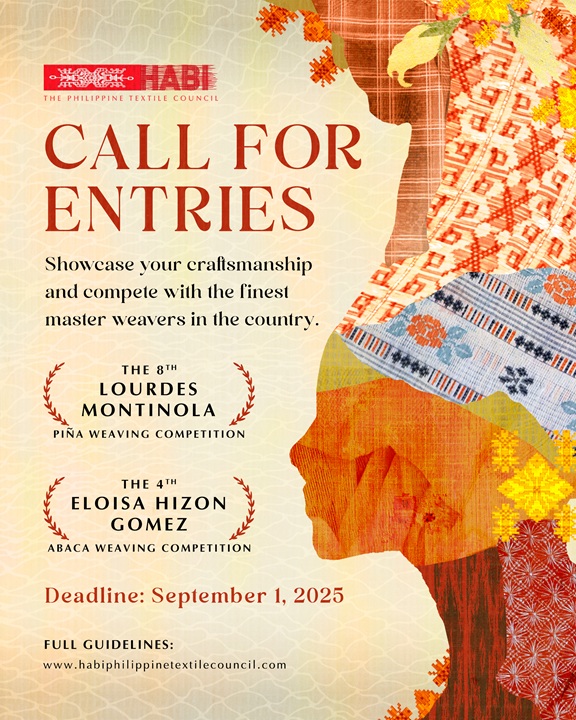
Entries will be judged on authenticity, creativity, technical skill, and cultural narrative, with winners receiving recognition, cash prizes, and national exposure to cultural institutions, designers, and textile enthusiasts.
For the 8th Lourdes Montinola Piña Weaving Competition, there are three categories that participants can enter: Liniwan, Pure Piña, and Natural Fiber Blends with Piña, (Seda/ Jusi/Cotton/ Abaca). Entries must have a minimum length of two meters. There are no structural limits on the width, and, for the Liniwan category, the fabric must be plain (with no design). Additional points will be awarded for the use of natural dyes. A list of materials used and a detailed description of the processes involved in making the piece must be included in the submission.
On the other hand, for the 4th Eloisa Hizon Gomez Abaca Weaving Competition, the following categories are open for entries: Ikat (dyeing technique used to create distinct patterns), Abaca Craft (handcrafted creations made from pure abaca, not necessarily woven), and Nipis (fine, woven pure abaca). Submissions should have a minimum length of two meters and a maximum length of six meters, and there are no structural limitations on the width, Additional points will likewise be awarded for the use of natural dye.
HABI extends this year’s invitation to weavers, weaving communities, and independent artisans from across Luzon, Visayas, and Mindanao, who can send their creations to the Habi office at 962 May Street, Mandaluyong City. The competition particularly aims to elevate regional weaving practices, bringing visibility to communities where these traditions remain vital cultural practices.
Interested weavers and communities should submit their entries on or before September 1, 2025.
